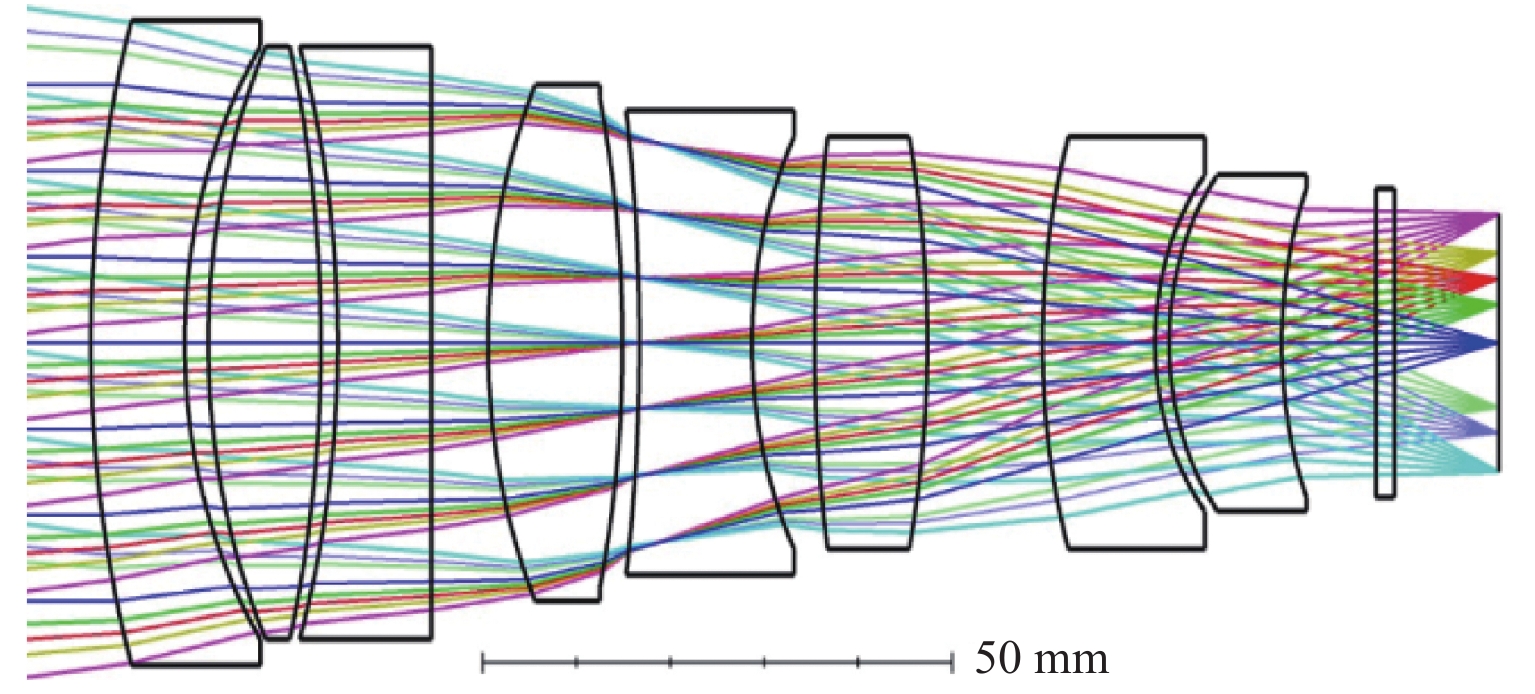


ISAAC (Infrared Spectrometer And Array Camera) is an infrared imager and spectrograph, with an arm optimized for 1–2.5 μm and the other for 3–5 μm.AMBER is a near infrared Astronomical Multi-Beam combineR - an instrument for photometric and spectroscopic studies, which combines the light of three telescopes.4MOST has a high multiplex being able to simultaneously obtain spectra for ~2400 objects. 4MOST is a fibre-fed spectroscopic facility on the VISTA telescope with a large field-of-view to survey a significant fraction of the southern sky in a few years.X-shooter is a spectrograph covering a very wide range of wavelengths simultaneously.VISIR (VLT Imager and Spectrometer for mid-Infrared) studies the infrared light from celestial objects.UVES (UltraViolet and Visible Echelle Spectrograph) is the high-dispersion spectrograph of the VLT, observing from 300 nm to 1100 nm, with a maximum spectral resolution of 110 000.SPHERE (Spectro-Polarimetric High-contrast Exoplanet REsearch) is an extreme adaptive optics system with advanced coronographs, designed to observe exoplanets.
#Zemax file for echelle spectrograph full#
MUSE (Multi-Unit Spectroscopic Explorer) is a giant integral-field spectrograph, that can take spectra over its full field-of-view of about one square arcminute.KMOS (K-band Multi Object Spectrograph) is a near-infrared spectrograph equipped with 24 positionable integral-field units.HAWK-I (High Acuity Wide field K-band Imager) is a near-infrared imager with a relatively large field of view.FORS2 (FOcal Reducer and Spectrograph) is a multi-mode instrument that can be used for imaging in the visible and for low-resolution spectroscopy.It is also equipped for integral field spectroscopy. FLAMES (Fibre Large Array Multi-Element Spectrograph) offers the unique capability to study simultaneously and at high spectral resolution hundreds of individual stars in nearby galaxies.ESPRESSO (Echelle SPectrograph for Rocky Exoplanet and Stable Spectroscopic Observations) is a super-stable optical high-resolution spectrograph for the combined coudé focus of the VLT.ERIS (Enhanced Resolution Imager and Spectrograph) combines a general-use infrared imager and integral field spectrograph with the world-class adaptive optics installed on the VLT’s Unit Telescope 4 (Yepun).CRIRES (CRyogenic high-resolution InfraRed Echelle Spectrograph) provides a resolving power of up to 100 000 in the spectral range from 1 to 5 μm.

#Zemax file for echelle spectrograph upgrade#


 0 kommentar(er)
0 kommentar(er)
